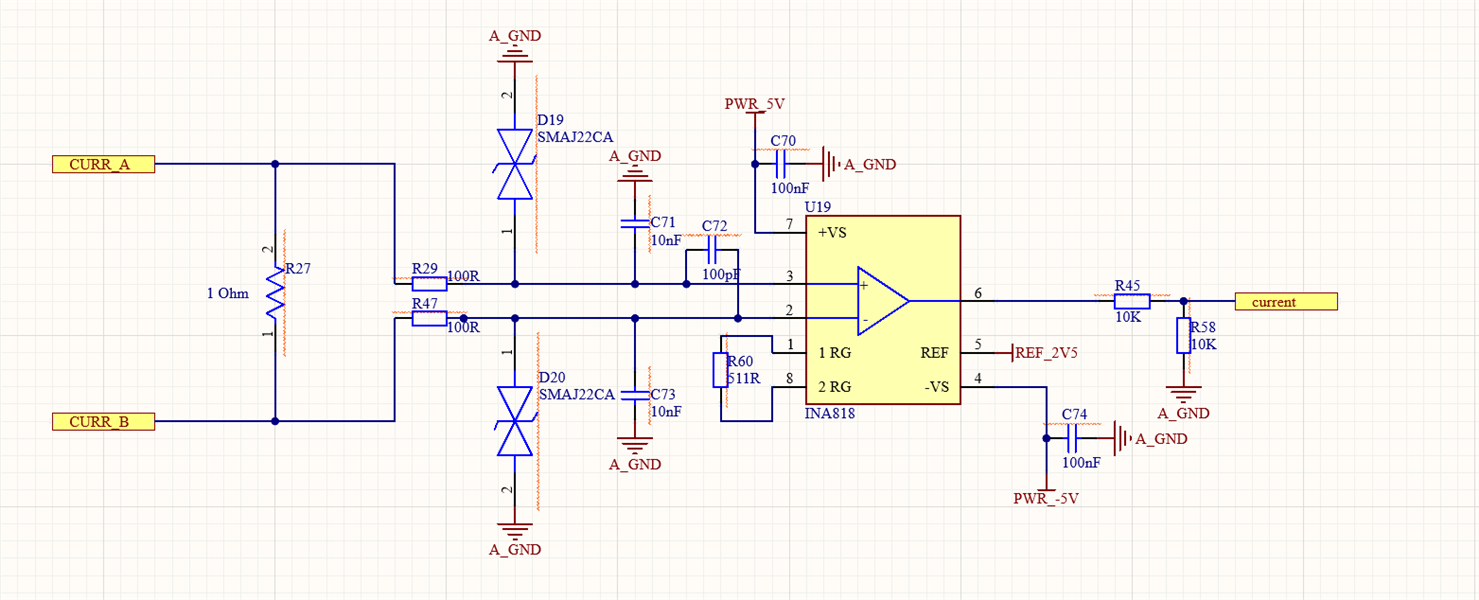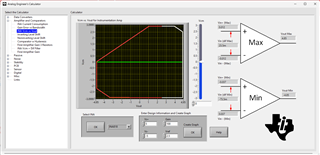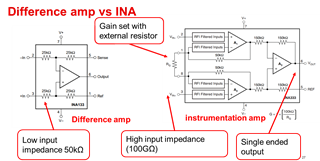- Ask a related questionWhat is a related question?A related question is a question created from another question. When the related question is created, it will be automatically linked to the original question.
This thread has been locked.
If you have a related question, please click the "Ask a related question" button in the top right corner. The newly created question will be automatically linked to this question.
Tool/software:
Hi Everyone,
I want to design current monitor with INA818 . My input ± 20V DC and 15V AC ,100mA maximum current flow.Using 1 Ohm Shunt resistor for measuring low current about uA range.
Pls give suggestion may i change opamp use another one.
Thank for suggestions.

We have 4 point voltage source and we want to measure their current flow each other.
First Use Case
Point 1 : -20V DC
Point 2 : -15V DC
Point 3 : +15V DC
Point 4 : +20V DC
For example measure between Point1 and Point2 approx. %1 accuracy
Second Use Case
All that point have AC current with in range(10VAC) and measure their current with each other.
My main question is Vcm voltage of INA818 and input protection enough?
Best Regards
Ismsil,

Best regards, Art
Dear Art,
I want to make 4 way ammeter ,inputs must be support ± 20V DC or 15V AC current bidirectional.And maximum current 100mA with 10 Ohm Shunt accuracy %1 enough
Now our schematic with INA818 but if we supply INA818 ±15V Vcm not support our voltage range , i check it with Analog Engineers Tool
I try to find best solution for our requirements.
Best Regards

rough the shunt, so you
Ismail,
It is difficult on an instrumentation amplifier to get common mode range beyond the power supply voltages. This is where a difference amplifier can be helpful. A difference amplifier uses resistors on the input whereas instrumentation amplifiers use op amps on the input (see below). The advantage of the instrumentation amplifier is that they have very high input impedance. The disadvantage of instrumentation amplifiers is that they have limited common mode range. The resistor network in difference amplifiers will divide the common mode down, so these amplifiers often have very wide common mode range. You should look at INA146. This device is a difference amplifier followed by a gain block. So the input signal and input common mode are attenuated by a factor of 0.1 V/V but the output of is gained up by a post amplifier. This allows for a overall gain of 100 V/V because the second amp can have a gain of 100V/V. On a ±15V supply this allows for a common mode range of ±100V. The input impedance of the INA146 is 100kΩ which is will not introduce any significant loading error since your shunt is only 1Ω. Note that shunt monitoring is one of the main applications of difference amplifiers, so that is probably the direction you should look. If you don't like that INA146 there are many other difference amplifier options that would work. I just selected this one because of the post gain option.

Best regards, Art
Dear Art,
Thanks for your suggestion.I check difference amplifier solutions and INA146 may solve our problem but need to test it.
Best Regards
Ismail